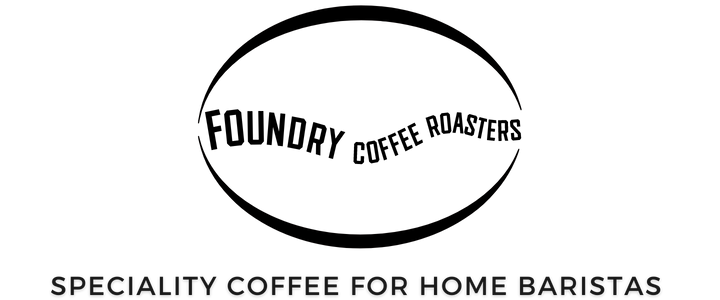-
Buy Coffee
-
Buy Other Stuff
-
Everything Else
ORDERS PLACED NOW WILL BE SHIPPED ON MONDAY 29th DECEMBER - (more info here)
February 25, 2021
Just before we start - this post contains a few links to products. These are not affiliate links and we do not gain in any way by linking to them.
Until now we got to know some of the very fundamentals of the coffee plant, the processing methods, coffee varieties, climate and seasonality and we also had a brief introduction to the coffee industry.
It’s time to take this journey a step forward. You know how to choose and where to look for the quality coffee, so what’s next?
Home brewing can be very relaxing and satisfying though quite challenging if we don’t know where to start. The quality coffee is one thing, the quality of your water is another, the correct grind particle size is something else again.
These are the core aspects of successful coffee bean transformation into delicious liquid heaven.
I don’t know about you, but I think most of us forget that the main ‘ingredient’ in our brewed coffee is water. Water makes up over 98% of a filter coffee and about 90% of an espresso.
Without water we wouldn’t be able to extract those delicious and aromatic flavour compounds.
So does the quality of the water we use matter? Does it affect the taste and extraction of our daily brew? Certainly, yes.
We all know that water is a substance composed of one oxygen and two hydrogen molecules. But we can't forget about the mineral content within it. Those include calcium, magnesium, chlorine, fluoride, iron. There are of course a lot more, but these above have the biggest impact on the extraction and the taste of coffee as well as on your brewing equipment.
Depending on where you live, the water that runs from your tap will vary. Even in one city the mineral content of water will differ. If you would like to know what’s in your water I recommend visiting a local council website for more information, or if you live in the UK you can visit this website for information about water hardness in your neighborhood.
You might be familiar with this term already, but let’s explain it briefly. Water Hardness is a measurement of compounds, mostly calcium and magnesium, but also other metals like aluminium, copper, iron etc.
In the coffee industry we seem to focus the most on calcium and magnesium as those two have the biggest impact on coffee. Within the acceptable concentration, calcium can make the brew taste more creamy, while magnesium can enchant fruity and acidic notes of your coffee.
The solubility of these minerals is low at high temperatures, so on if you live in a hard water area, where water is rich in minerals you can see a build up of some chalky white stuff in your kettle - this is a limescale. It’s about getting the right balance of minerals.
Learning more about water for brewing coffee made me realise how much I got into a rabbit hole. Thanks to the SCA as well as the others in the industry, today we can see quite a lot of research happening, which means we are delving down even more, but certainly clarifying some ranges and standards.
The SCA actually issue a standard for water when brewing coffee, which you can find here. If you'd like to take a really deep dive into water hardness, you may find this article useful.
So the simple question is: How and can we even control the water we are using for brewing coffee? Well, as much as the question is simple the answer is not as easy as you think.
Start with getting to know what kind of water runs from your tap in the area you live and bear in mind the mineral content of your water is constantly changing due to the weather factors etc. So it’s not going to be always the same.
There is a range of home water filtration methods. The one that has been especially designed for coffee brewing is the Peak Water Jug. The Peak Water Jug comes with a testing kit, which will help you to dial the optimal filtration for your tap water. Click here to learn more about it.
Slightly less pricey is the Brita filter, which most of us already have at home. Brita filters are great as they remove chlorine. Chlorine is commonly used as the antibacterial solvent in water. Unfortunately when combined with coffee, it can create unpleasant, almost medicinal taste.
There is also another option which I am not a big fan of (lots of plastic involved), but if you live in a place where the tap water is undrinkable then I would consider using bottled water for brewing your coffee. Bottled water comes with a label with a set of information about its mineral content. If that’s your only option, Ashbeck from Tesco is a decent place to start.
Of course there are many more water filtration methods. The Reverse Osmosis System is one that is sometimes used in the speciality coffee shop world - but it takes an enormous amount of space and it’s wasteful, so we won’t be developing this here as we talked about home brewing.
You could perhaps make your own water by buying the distilled water and adding the minerals to it. There are plenty of recipes on the internet, I am sure you will find one that enchant the flavors of your coffee. There are also companies like Third Wave Water (see here) that will supply you with the right balance of minerals for your water in a more convenient format.
Next week we will take a closer look at the grind particle size and ways of adjusting it to suit your coffee recipe.
Magdalena.
